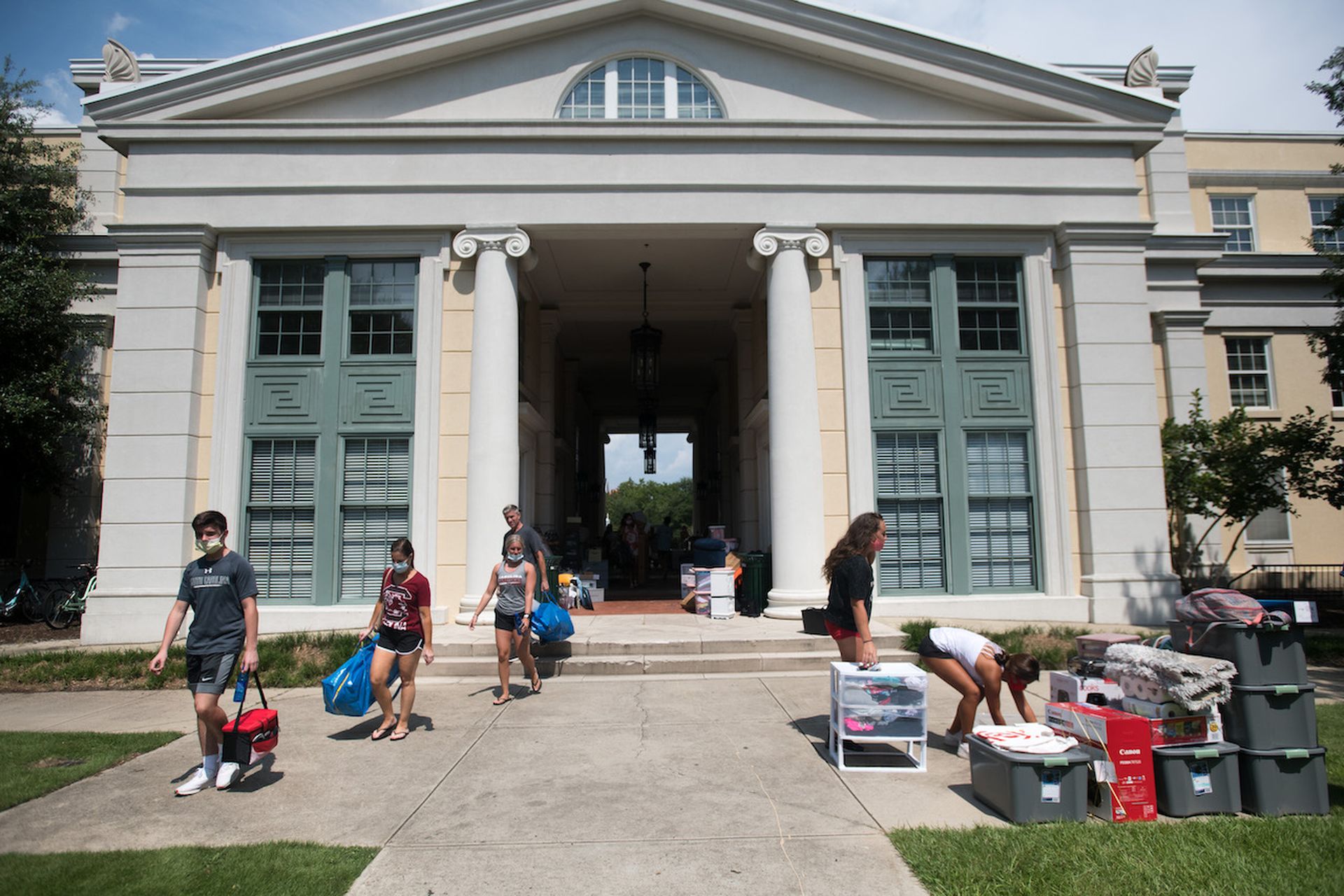Colleges and universities around the country face a daunting conundrum as the pandemic continues to make planning an impossible task. There’s no consensus on how to reopen, and each school must create its own rules, all subject to change by the minute.
The fall semester will start soon and decisions on how to return are needed right away. Many colleges have taken a hybrid approach, blending remote learning with in-person classes, in the hope of offering more flexibility.
As we transition back to school, the chaos of yet another overhaul in the way students learn will pose new security challenges. Attackers are opportunistic and prey on anxiety, distraction and uncertainty. This crisis has been the perfect storm of events for the attackers. Between increased dependency on online communication, intense social and economic pressures, and a sense of urgency to continue the same level of schooling, the scale, scope, and sophistication of email attacks has spiked. Darktrace’s research found that more than 60 percent of phishing emails this past April were related to COVID-19 or aimed to trick employees by referencing remote work.
Hackers will think creatively about new ways to capitalize on yet another big change for the education sector. Learning environments are now more dynamic and disjointed than ever – with some students learning virtually and others in the classroom. Students will begin the school year anxious to understand if everything will change once again with a new wave of coronavirus cases or arrival of a vaccine.
Interestingly, much like we see across private industry, the crisis has forced schools to deploy better resources. Many schools will continue to deploy new technology as they open up, whether it’s virtually, physically or hybrid.
Along with these technology upgrades, security and visibility problems that come with new IoT devices and SaaS applications will continue in the new school year. For security teams, professors, and staff, the transition to remote learning led to a rushed operation, which sometimes meant hurried and inconsistent setups and onboarding of new tools. Vulnerabilities unique to these technologies and an overall lack of visibility across huge amounts of devices on networks has become a significant and growing security risk, and the attackers will take advantage.
Much like businesses that are bringing people back to work, schools face the risk of students, professors and staff bringing malware back to campus. Students who have been connecting to school infrastructure from their kitchen tables could bring compromised devices back to their institutions. Hackers will often lie dormant on their devices, waiting to strike when their targets return to on-prem networks.
The promise of artificial intelligence
Colleges such as Salve Regina University and Georgia State University have turned to artificial intelligence to defend themselves in the face of rapid change. Unsupervised, self-learning AI isn’t trained on historical data – it works on live data in real-time. That means when academic institutions abruptly transitioned to remote work in the spring, adopting unprecedented ways of studying and teaching, AI learned and evolved with these organizations.
Without AI, it would have been impossible for humans to keep up with the new number of devices used by students and teachers, let alone the new software platforms and tools they now depend on. The technology constantly recalibrates and updates its understanding of what’s normal for an organization. AI crunched through all the device data, even ingesting intelligence from other security tools at machine speed and made decisions in seconds about what was strange, but benign, and what was strange, but threatening. It then detected events and authorized the actions necessary to stop threats from spreading.
Universities today must strive for cyber resilience across their entire infrastructure – remote learning tools, cloud platforms, endpoints, inboxes and IoT devices. The ongoing pandemic has made this holistic approach essential. With the behaviors of users constantly changing, AI keeps pace with environments in flux and helps security teams evolve with each new situation. By understanding these changes, colleges can stay flexible, meet the daily computing needs of students, professors and staff and identity and stop threats before they happen.
Marcus Fowler, director of strategic threat, Darktrace




